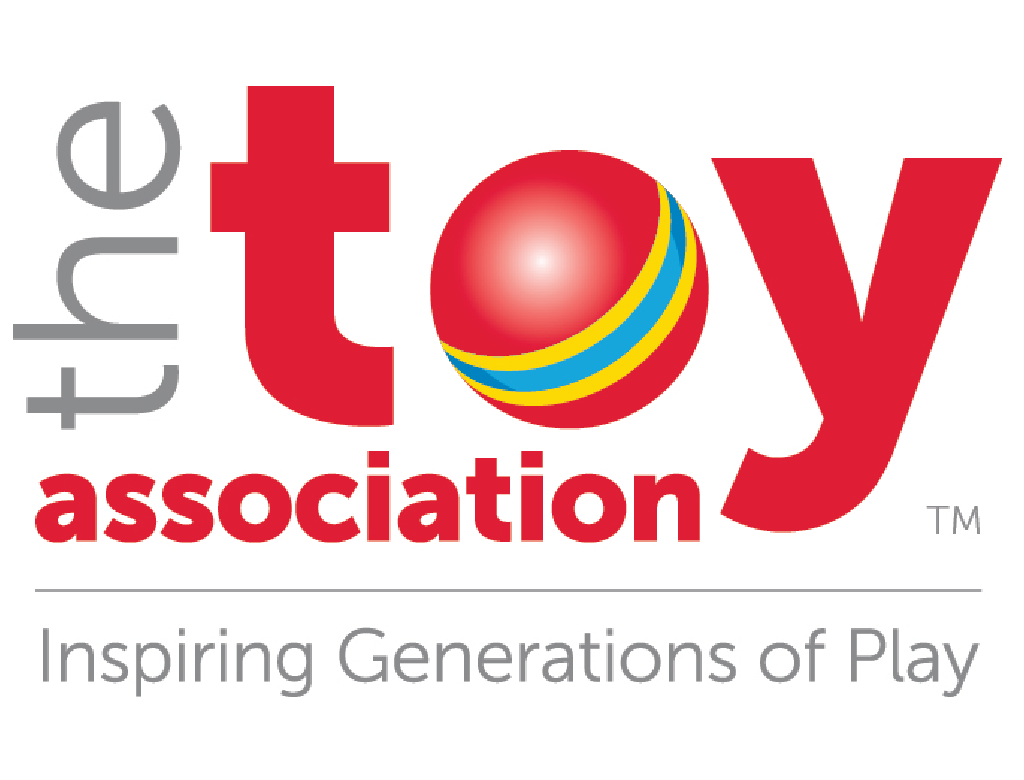The COVID-19 pandemic has accelerated the online shopping trend, with the U.S. Census Bureau estimating that retail e-commerce sales grew 44.5 percent year-over-year during the second quarter of 2020. Despite lockdown restrictions in the spring, U.S. toy sales experienced double-digit monthly growth, thanks in large part to the strength of the online channel. And while legitimate toys sold by responsible companies are safer than ever thanks to a robust network of stringent federal safety standards, non-compliant toys sold by illicit sellers continue to be found on online marketplaces.
The Toy Association has released “Taking Fake Toys Offline: A 2020 Focus on Proactive Measures to Reduce Counterfeits and Unsafe Toys Sold on Online Marketplaces.” The white paper updates the inaugural 2019 report and outlines factors contributing to the surge in unsafe counterfeit toys sold online, including:
- Inadequate vetting by marketplaces of sellers and products sold online;
- A burden of enforcement that is disproportionately placed on the IP rights holders (the brand owners);
- Inadequate transparency of seller information, resulting in a lack of information available to consumers making purchasing decisions;
- Consumers who are largely unaware of the scope of the problem and unknowingly purchase these products thinking they are held to the same standards as toys sold by legitimate companies; and
- Counterfeiters that have become adept at blending in on the sites, making it increasingly difficult to differentiate between compliant and non-compliant product.
The report outlines numerous potential solutions to combat each of these factors if stakeholders (including online marketplaces, legislators, members, and consumers) work collaboratively, as well as emerging trends impacting the issue, such as the increased reliance on online shopping, the proliferation of social media marketplaces, targeted advertisements, and the growth of fake reviews and fake storefronts.
“The Toy Association and our member companies have been continually advocating for the removal of illicit counterfeit toys and play products from online marketplaces. Our concerted actions and issues identified have contributed to some important progress, including the introduction of legislation placing clear requirements on marketplaces and sellers; the publication of a Department of Homeland Security Report echoing many of our proposed solutions; and better cooperation, communication, and collaboration with major online marketplaces,” stated Steve Pasierb, president & CEO of The Toy Association.
“While several proposed solutions have been implemented, other important measures have not. These solutions, outlined in our report, remain urgently needed to address the significant safety risks posed by counterfeits. It is unacceptable that countless illegal items remain for sale online, putting millions of vulnerable children at risk. Illicit sellers and their goods must be stopped before reaching consumers’ homes, and online marketplaces have the ability to do so – and therefore must be held accountable.”
The Toy Association’s latest white paper represents the concerns of the toy community and provides actionable solutions. The paper is a centerpiece of the Association’s advocacy campaign on Capitol Hill to drive home the seriousness of the problem and is intended to be a living document that will continue to be updated as developments occur. Member and consumer experiences, engagement with platforms, and policy updates will be considered in future revisions.
“Taking Fake Toys Offline: A 2020 Focus on Proactive Measures to Reduce Counterfeits and Unsafe Toys Sold on Online Marketplaces” is available at ToyAssociation.org.

